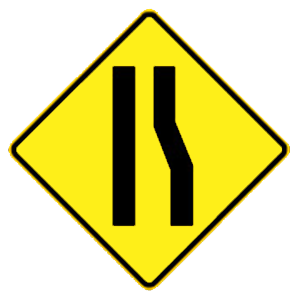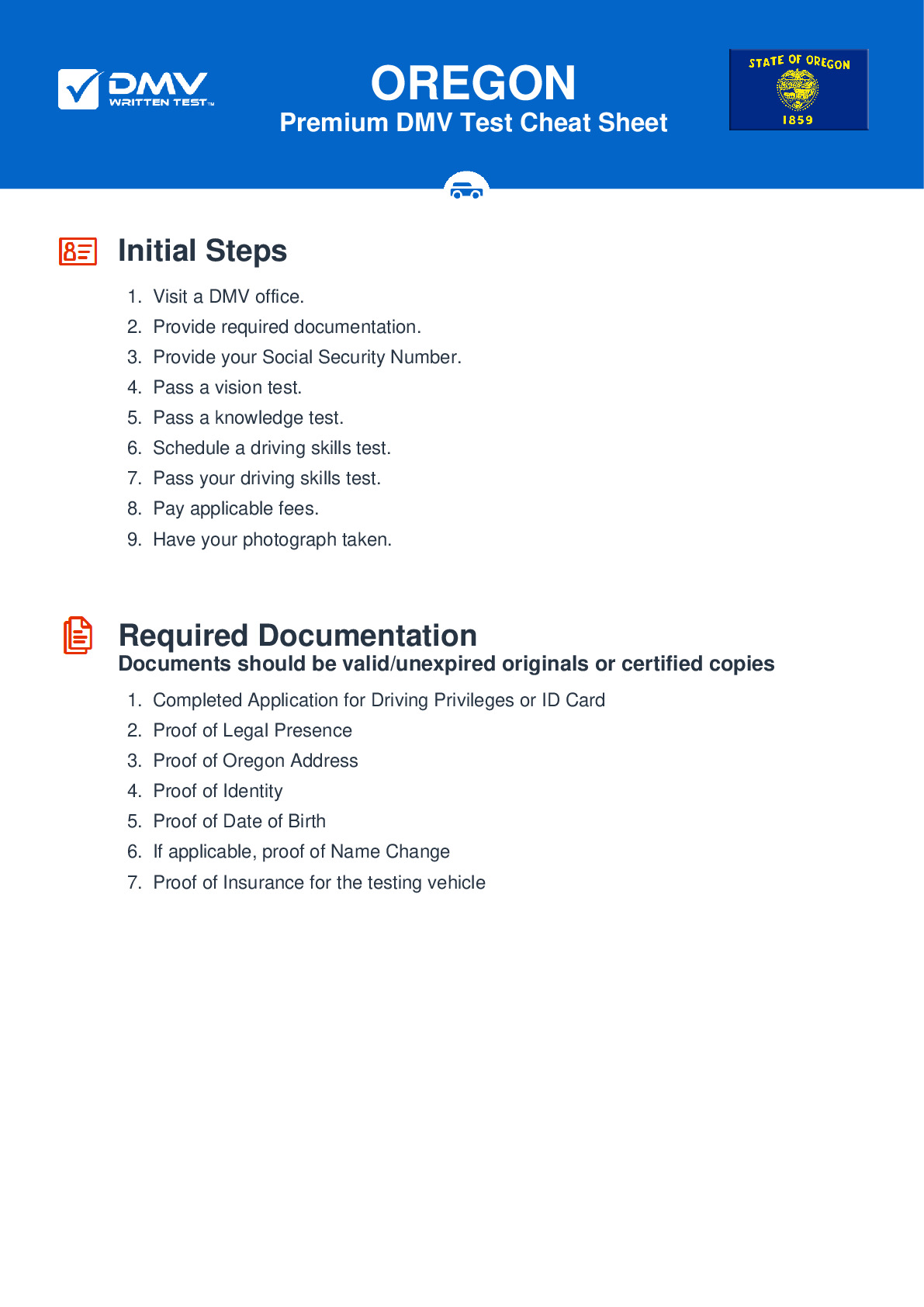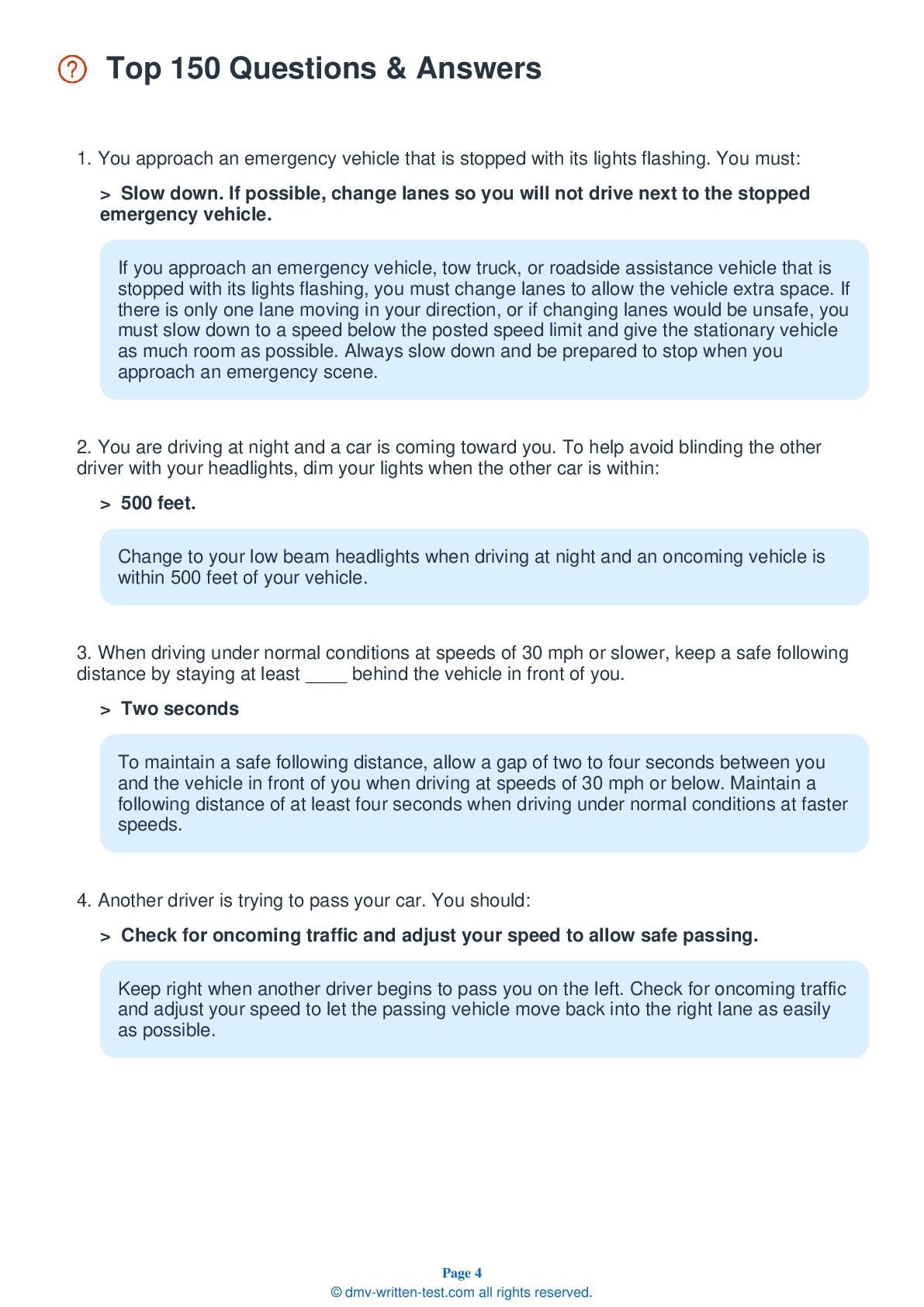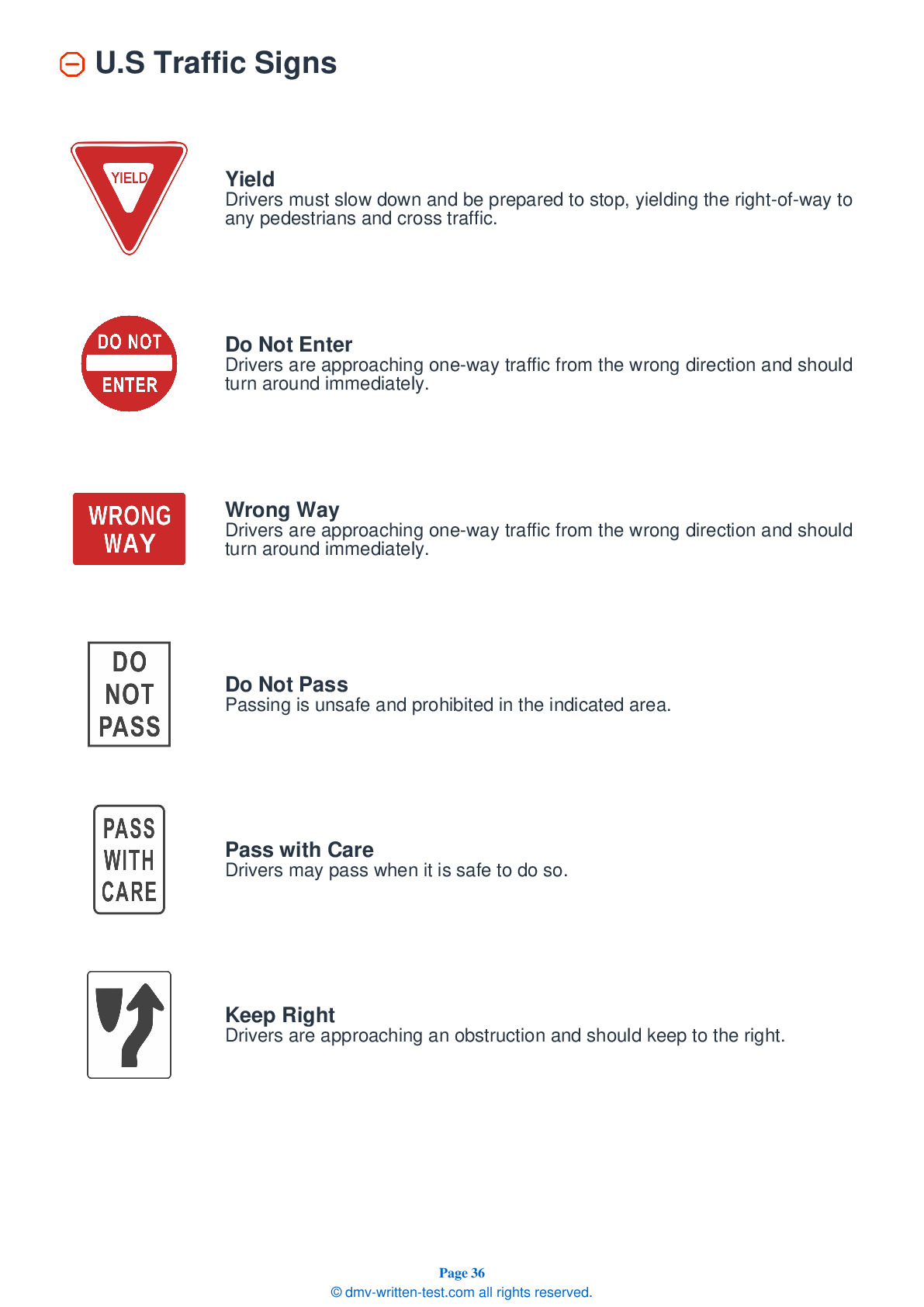2025 Oregon Permit Test 4
The following questions are from real DMV written tests. These are some of the actual permit questions you will face in Oregon. Each permit practice test question has three answer choices. Select one answer for each question and select "grade this section." You can find this button at the bottom of the drivers license quiz. For a complete list of questions and answers for Oregon please visit https://cheat-sheets.dmv-written-test.com/en/oregon/car.
Number of Tests
Number of Question
Passing Score
29. You are coming to an intersection and have a green light. Pedestrians are crossing against the red. You should:
Explanation
Yield to pedestrians and cars that may be caught in an intersection when you have a green light. Be careful around pedestrians under every circumstance.
30. To check your blind spot before changing lanes:
Explanation
To check your blind spot before changing lanes, you should look over your shoulder in the direction that you plan to move.
31. You experience an incident at work that has left you feeling angry. When you get to your car, you should:
Explanation
Persons who are upset, angry, or otherwise distracted by their emotions should take time to cool off before driving a car. Taking out frustrations or anger while driving is exercising very poor judgment and is very dangerous to both the driver and others on the road.
32. Road rage and aggressive driving may be reduced by:
Explanation
As an increasing number of drivers populate the roadways, road rage becomes more prevalent. To help prevent road rage, a driver should use proper turn signals, obey posted speed limits, and allow plenty of travel time.
33. If you are involved in a serious motor vehicle crash:
Explanation
If you are involved in a crash, move your vehicle off of the road and stop, if possible. If anyone is injured, call 911 and provide appropriate help. You must report the crash to law enforcement if there is an injury, a death, and/or more than $1,000 in property damage (or more than $200 worth of damage made to non-vehicle government property, such as signs or guardrails).
34. When driving on wet pavement, it's important to remember:
Explanation
Wet roadway surfaces can be dangerously slick, especially immediately following a rainfall. When you are driving on wet roads, your vehicle is traveling on a thin layer of oil, dirt, and water. Slow down when there is heavy rain, standing water, or slush on the road to reduce the risk of your wheels losing traction on the slick surface.
35. This sign means:

Explanation




